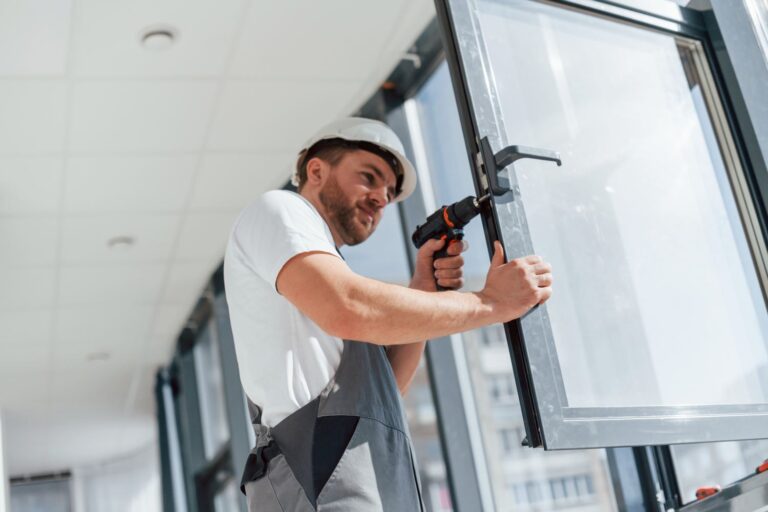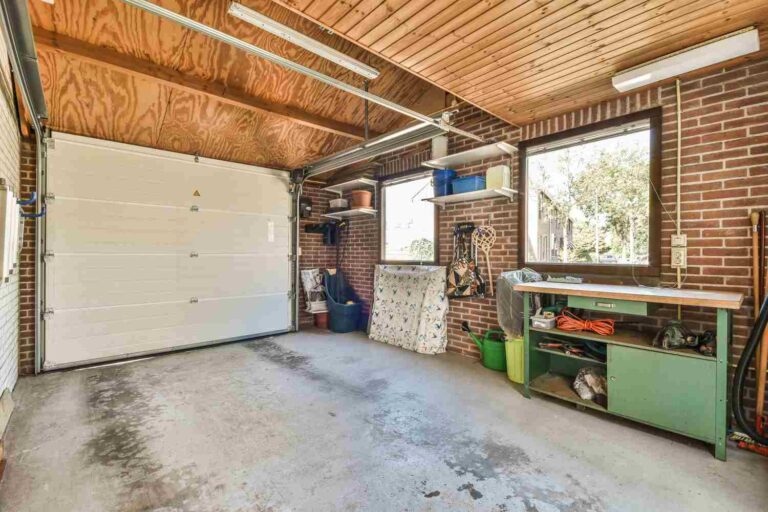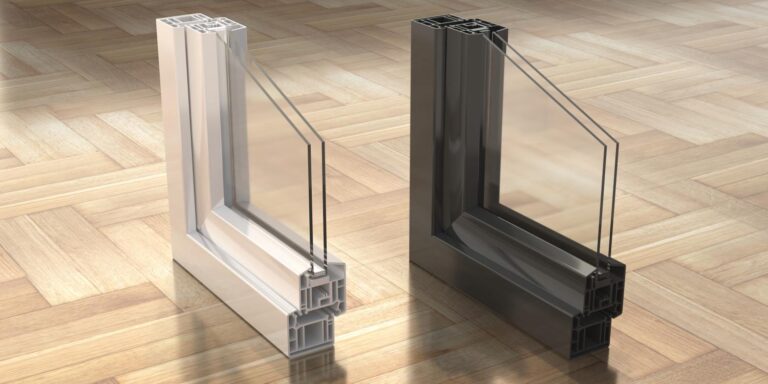- 24 September 2024
- 4 min read
The cost of installing double glazing

Table of contents
What is double glazing and why install it?
Double glazing refers to windows made with two panes of glass separated by a layer of air or gas, typically argon. This design improves insulation by reducing heat transfer, making your home more energy-efficient and helping to lower heating bills. It also provides better soundproofing, minimizing external noise, which is particularly beneficial for homes in busy areas. Additionally, double glazing increases security by offering stronger resistance to break-ins compared to single-pane windows. The added durability and insulation also prevent condensation from forming inside the window, reducing the risk of damp and mold. Overall, installing double glazing enhances comfort, increases property value, and contributes to a more sustainable home by reducing your carbon footprint.
Factors affecting the cost of installing double glazing
Several factors influence the cost of installing double glazing. The material of the window frames plays a major role—uPVC is the most affordable, while timber and aluminium frames are more expensive. The size and type of windows also matter; larger windows or styles like sash or bay windows cost more due to their complexity. Energy-efficient glass options, such as low-E (low-emissivity) coatings, add to the cost but offer better insulation. Installation costs can rise if scaffolding is required or if the property has difficult access. Planning permissions may be needed in listed buildings or conservation areas, increasing expenses. Lastly, custom designs or additional features like noise reduction glass or special security glazing will further impact the total price. Understanding these factors helps in planning a realistic budget for double glazing installation.
Material of the window frames
The material of window frames significantly impacts the cost of double glazing. uPVC is the most popular and affordable option, known for its durability and low maintenance, with prices ranging from £400 to £600 per window. Aluminium frames are more expensive, around £600 to £1,200 per window, but they offer a sleek, modern look and are highly durable. Timber frames, while offering a traditional aesthetic, are the most expensive due to their material and upkeep costs, ranging from £800 to £1,500 per window. Timber requires more maintenance but provides excellent insulation and is ideal for period homes. The choice of material should balance budget, appearance, and durability.
Size and type of windows
The size and type of windows greatly affect double glazing costs. Larger windows naturally require more materials and labor, increasing the price. Casement windows are typically the most affordable, while sash and bay windows are more expensive due to their complex design and installation. For example, a standard casement window may cost around £400-£600, while a sash window can range from £700-£1,000. Custom sizes and unique styles will also drive up the overall price of double glazing.
Cost of installing double glazing in the UK
In the UK, the cost of installing double glazing varies by property size and window type. On average, uPVC windows range from £400 to £600 per window, while aluminium or timber frames can cost £600 to £1,200. For a full house, prices typically range from £3,000 to £7,000. Factors like energy-efficient glass, complex designs, or additional permits can raise the cost. Homes in conservation areas or those requiring custom windows may also face higher installation fees.
Double glazing installation costs for different property sizes
Double glazing costs vary based on property size. For a small flat with 4-6 windows, expect to pay around £2,000-£3,500. A typical semi-detached home with 10-12 windows may cost £4,000-£6,000. Detached houses with 15-20 windows can range from £6,000 to £10,000 or more, depending on materials and complexity. Larger properties or homes requiring bespoke designs may face higher costs due to additional windows and installation challenges.
Additional costs to consider for double glazing installation
When installing double glazing cost may elevate. Planning permission is needed for listed buildings or conservation areas. Scaffolding may be required for hard-to-reach windows, adding to labor costs. Upgrading to energy-efficient or noise-reducing glass will increase the price. Also, don’t forget to budget for removal and disposal of old windows, as well as any finishing touches like trims or seals to ensure proper insulation and appearance. To repair double glazing windows, you only think out replacement double glazing.
Is installing double glazing worth the investment?
Installing double glazing is generally a worthwhile investment for most homeowners. It improves energy efficiency by reducing heat loss, which lowers heating bills—especially important given rising energy costs. Over time, the savings can offset the initial installation costs. Double glazing also enhances soundproofing, making homes quieter, and boosts security with stronger, more durable windows. Additionally, it increases property value and appeal, especially in energy-conscious markets. While the upfront cost may be high, the long-term benefits in comfort, cost savings, and home value make it a smart choice for many.
You might be interested in...
- Building advice

17 September 2024
What is the cost of converting a garage?
Cost of converting a garage into a room, for example, in the UK can vary basing on several factors. Typically, a basic garage conversion costs between £7,500 and £15,000. More extensive projects, including plumbing, electrical work, and high-end finishes, can range from £15,000 to £30,000 or more. Key factors influencing the cost include the size and layout of the garage, the quality of materials used, the need for insulation and heating, and compliance with local building regulations. Obtaining detailed quotes from local contractors is essential for an accurate estimate.
- Building advice
- DIY

17 September 2024
Mounting your TV on the wall – all what you need to know!
Mounting your TV on the wall offers a sleek, space-saving solution, but it requires proper planning and execution. From selecting the right mount type and ensuring VESA compatibility to finding the perfect spot and safely installing the bracket, each step is crucial. This guide covers everything you need to know, including tools, installation steps, cable management, and troubleshooting tips, ensuring a secure, stylish setup for your home.
- Building advice

17 September 2024
Benefits and drawbacks of double glazed windows
Double glazed windows are a popular choice for homeowners looking to enhance their property’s energy efficiency and comfort. Comprising two layers of glass with a space between them, these windows are designed to reduce heat transfer, making them an ideal investment for both warm and cool climates. While they offer significant advantages such as improved insulation and noise reduction, double glazed windows also come with certain drawbacks, including higher initial costs and potential issues with seal integrity. In this article, we’ll explore both the benefits and disadvantages of double glazed windows to help you determine if they are the right choice for your home.